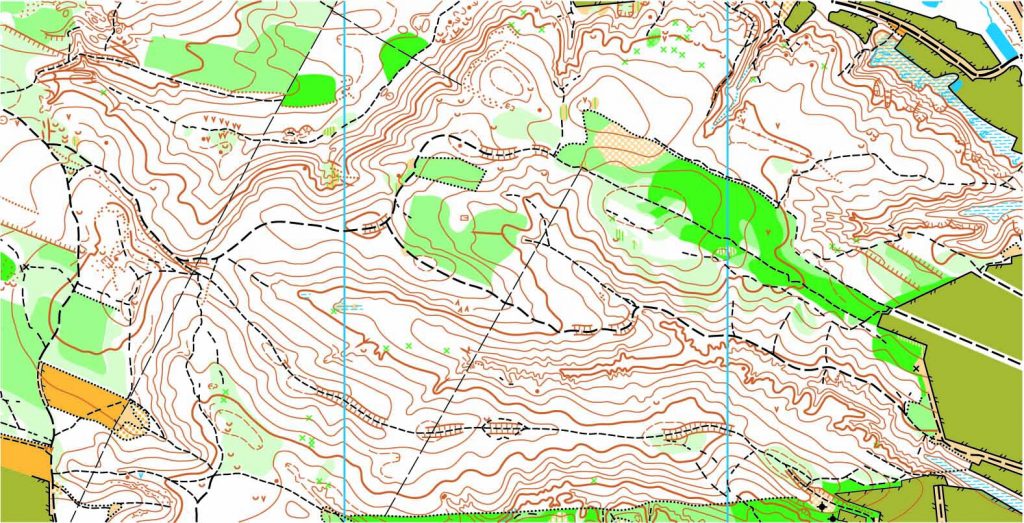
When you are preparing to purchase, sell or develop land, it is important to get a survey done in order to know exactly what you’re getting into. But which survey is the one that you need? Here is what you need to know about boundary and topographic surveys:
Boundary surveys. A boundary survey plots out the boundary lines of a parcel of land in order to provide specific information about where the property ends and where it begins. In addition to pinning down the precise boundary lines, many types of boundary surveys provide extra information, such as:
- The locations of any easements (permissions to enter or cross the property, such as for utilities)
- Encroachments, or improvements on other properties that intrude into the plot
- Limitations, including zoning regulations
Certain boundary surveys, such as ALTA/NSPS surveys, will include even more information in accordance with ALTA and NSPS standards.
Topographic surveys. One bit of information that many boundary surveys do not provide is topographical data, or the elevations and contours of the land described in the deed, both man-made and natural. This is especially useful for those who intend to develop the land since it gives detailed information on where different features are located, including:
- Trees
- Slopes, hills, valleys, and other changes in elevation
- Streams and rivers
- Buildings
- Streets and walkways
- Utility poles
- Manholes
- Fences and walls
The elevations on the land are shown on a map as contour lines. Construction contractors, engineers, and architects use this type of map to design and plan improvements to the land.
To find out more about boundary and topographic surveys, please contact us at (800) CALVADA or visit www.calvada.com.
Calvada proudly serves Corona and all surrounding areas.

